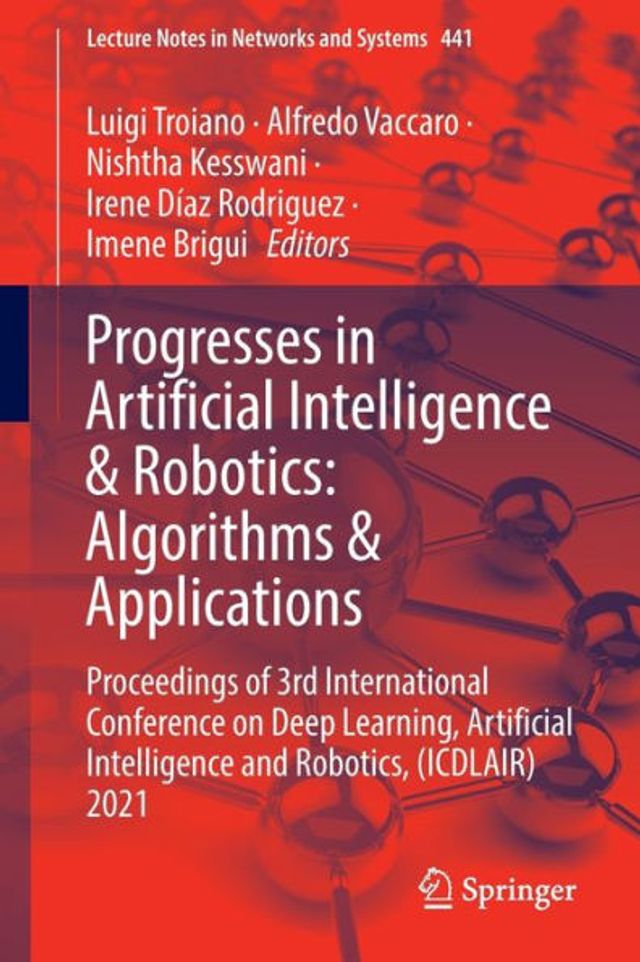Home
Trends Deep Learning Methodologies: Algorithms, Applications, and Systems
Loading Inventory...
Barnes and Noble
Trends Deep Learning Methodologies: Algorithms, Applications, and Systems
Current price: $150.00


Barnes and Noble
Trends Deep Learning Methodologies: Algorithms, Applications, and Systems
Current price: $150.00
Loading Inventory...
Size: Paperback
*Product Information may vary - to confirm product availability, pricing, and additional information please contact Barnes and Noble
Trends in Deep Learning Methodologies: Algorithms, Applications, and Systems
covers deep learning approaches such as neural networks, deep belief networks, recurrent neural networks, convolutional neural networks, deep auto-encoder, and deep generative networks, which have emerged as powerful computational models. Chapters elaborate on these models which have shown significant success in dealing with massive data for a large number of applications, given their capacity to extract complex hidden features and learn efficient representation in unsupervised settings. Chapters investigate deep learning-based algorithms in a variety of application, including biomedical and health informatics, computer vision, image processing, and more.
In recent years, many powerful algorithms have been developed for matching patterns in data and making predictions about future events. The major advantage of deep learning is to process big data analytics for better analysis and self-adaptive algorithms to handle more data. Deep learning methods can deal with multiple levels of representation in which the system learns to abstract higher level representations of raw data. Earlier, it was a common requirement to have a domain expert to develop a specific model for each specific application, however, recent advancements in representation learning algorithms allow researchers across various subject domains to automatically learn the patterns and representation of the given data for the development of specific models.
covers deep learning approaches such as neural networks, deep belief networks, recurrent neural networks, convolutional neural networks, deep auto-encoder, and deep generative networks, which have emerged as powerful computational models. Chapters elaborate on these models which have shown significant success in dealing with massive data for a large number of applications, given their capacity to extract complex hidden features and learn efficient representation in unsupervised settings. Chapters investigate deep learning-based algorithms in a variety of application, including biomedical and health informatics, computer vision, image processing, and more.
In recent years, many powerful algorithms have been developed for matching patterns in data and making predictions about future events. The major advantage of deep learning is to process big data analytics for better analysis and self-adaptive algorithms to handle more data. Deep learning methods can deal with multiple levels of representation in which the system learns to abstract higher level representations of raw data. Earlier, it was a common requirement to have a domain expert to develop a specific model for each specific application, however, recent advancements in representation learning algorithms allow researchers across various subject domains to automatically learn the patterns and representation of the given data for the development of specific models.


















